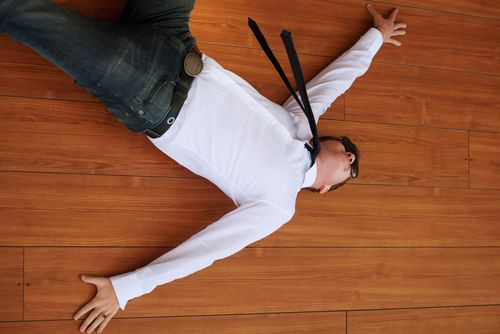Witnessing Seizures: 4 Types Of Specific Convulsions

A seizure is the result of abnormal electrical discharges in the brain, with varying symptoms depending on which regions of the brain may be involved. A seizure may include muscle spasms, loss of consciousness, and collapse, or it may simply consist of a brief staring spell. Some people experience a single seizure that never repeats. In other cases, a first seizure is sign of a lifelong condition. Recurring seizures are usually diagnosed as epilepsy. Other possible causes for seizures, whether they occur just once or often, include brain infection (meningitis), heart disease, fever (in very young children), brain injury, use of a prescribed medication, abnormal levels of sodium or glucose in the blood, choking, withdrawal from certain prescribed medications, electric shock, poisoning, a stroke, illicit drug use, and withdrawal from alcohol. There are many different potential causes of a seizure so it is important to get a thorough diagnosis.
The following videos show four different types of seizures. Children and babies, watched over by parents (who are often carrying cameras), demonstrate the conditions most naturally. The hope here is that these videos may be instructive to other parents and help them identify a possible diagnosis for their own children. The final video, though, captures the experience of an adult.
This baby is suffering a tonic clonic seizure, which is what most people think of when they hear the word "seizure." Generally, a person loses consciousness, muscles stiffen, and jerking movements are seen for up to three minutes.
An absence seizure is defined as a lapse of awareness, sometimes with staring or unfocused eyes. Most often, children suffer these kinds of seizures, which begin abruptly and last only a few seconds. Often children who suffer these seizures are labeled as day-dreamers by their teachers.
A myoclonic seizure, which appears as a series of jerks and twists, may be so subtle that many people are unaware that they are experiencing a problem. This child is experiencing one.
A complex partial seizure begins with a disturbance in one area of the brain that moves to another part of the brain. These seizures may be prolonged, lasting minutes at a time, and though they cause an impairment of consciousness, they do not necessarily cause a collapse. Often, people experiencing this type of seizure may walk or move about though they appear drunk or confused, make chewing motions with their mouth, and move their hands in some strange way, such as this man.
Published by Medicaldaily.com



























